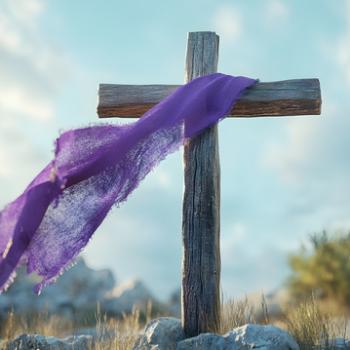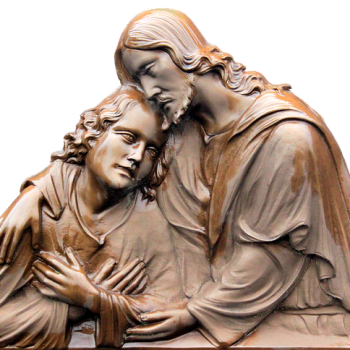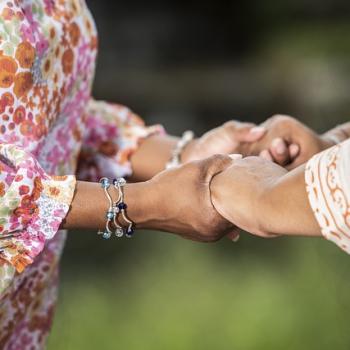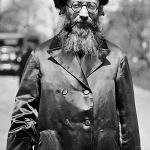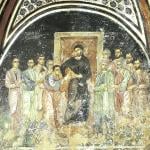Did you know that the oldest Marian shrine in the United States is in St. Augustine, Florida? Did you know that shrine is dedicated to Our Lady of La Leche y Buen Parto, that is, Our Lady of the Milk and Happy Delivery?
It is not surprising that our oldest Marian shrine is in the oldest continuously inhabited city in the United States. What might be surprising, however, is the long history of the devotion to Our Lady of La Leche.
A Cave Near Bethlehem
There is a legend that says, before the Holy Family fled to Egypt to escape Herod’s Slaughter of the Innocents, they hid in a cave near Bethlehem. As Mary was nursing the baby Jesus, a few drops of her milk spilled onto some dark stones, turning them white.
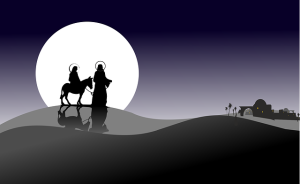
Around the fourth century, the cave was named the Milk Grotto, and miracles were thought to occur there. It is known that pilgrims were coming to the site by the sixth century.
Today, the Holy Land Franciscans care for the site where both Christian and Muslim women come to seek Our Mother’s help with infertility or high-risk pregnancies.
When Crusaders returned from the Holy Land in the Middle Ages, they brought stories of Our Lady of La Leche, and the devotion spread.
The Spanish Connection
In the 16th century, a Spanish noble brought home a statue of a nursing Blessed Mother that he liberated from a drunken sailor. The nobleman’s pregnant wife was in danger of losing her life and that of their child. However, after fervent prayers before the statue, she and the baby survived in good health.
Upon learning of this and other such miracles, King Philip III erected a shrine to Nuestra Señora de la Leche y Buen Parto in a Madrid church. The devotion was then carried to Florida by Spanish explorers.
On Our Lady’s birthday, September 8, in 1565, Pedro Menendez de Aviles landed his expedition in St. Augustine. He planted a cross to dedicate the site to God. The location of that cross became the Mission de Nombre de Dios (Name of God).
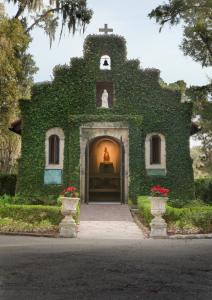
Perhaps because a Mass of Thanksgiving was offered that Marian feast day, a special devotion to Nuestra Señora de La Leche y Buen Parto developed. In 1577, settlers brought a replica of the Madrid statue to the Mission, and a shrine was built there in 1609. (Sadly, the original Madrid statue was destroyed in the Spanish Civil War.)
The American Shrine
The original American shrine was destroyed by a British invasion in 1728 but was rebuilt in 1875. The current small chapel, seating only about 30 but recently restored, was built in 1914.
Today, the Mission grounds, called the “sacred acre,” contain not only the shrine’s chapel, but also a 208-foot stainless steel cross planted where the cross of Menendez once stood and a 11-foot bronze statue of the expedition’s chaplain, Fr. Francisco Lopez de Mendoza.
According to the shrine’s web site, supplicants come from all over the world to pray for the powerful intercession of Our Lady, “and many return in thanksgiving to share their stories.” https://missionandshrine.org/
The U.S. Conference of Catholic Bishops has accorded national shrine status to the Florida site. In 2019, the Vatican approved a special feast day, Oct. 11, for Our Lady of La Leche, and Pope Francis granted a Canonical Coronation.
The Canonical Coronation
As the shrine’s web site reports: “A canonical coronation is a formal act of the pope to crown an image of Christ, the Blessed Virgin Mary, or St. Joseph in the name of the Holy Father.
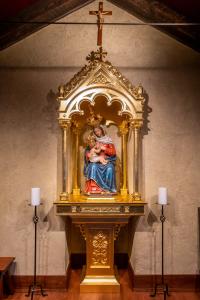
“The crowning acknowledges that the specific image. . . has universal importance for the Catholic church as it pertains to the Salvation Christ won for us by the Paschal Mystery of his death and resurrection.”
A canonical coronation is not like a May crowning. It will happen only once and only to this specific image of Our Lady of La Leche.
The coronation occurred on October 10, 2021, and the beautiful statue is now crowned as shown in the accompanying picture, making it only the fourth such statue in the United States.
The colors of the statue are believed to have symbolic meaning. The cream color of Jesus’ gown and blanket represent the Lamb of God. The red of Mary’s robe represents the sacrifice of her son’s death and the blue of her mantle represents her humanity.
In this era, when women’s bodies are exploited by sex trafficking and abortion, an image of Mary in a very human, maternal act like that of Our Lady of La Leche should be widely broadcast. It is a powerful Catholic statement on the critical value of women and their need for respect and protection.






